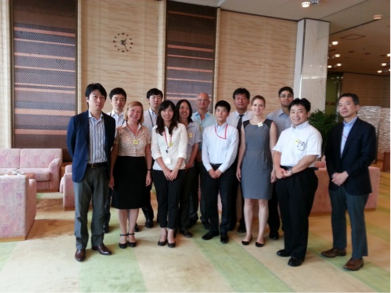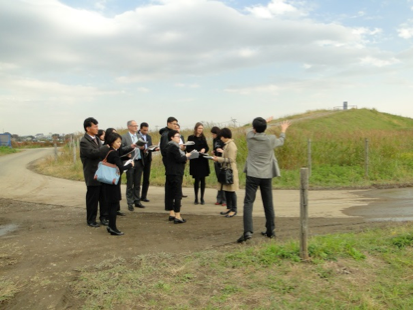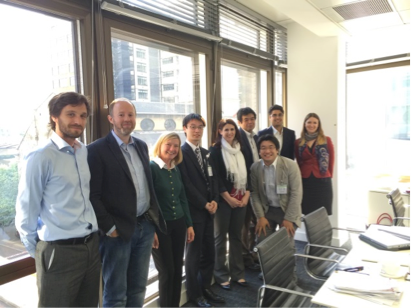To calibrate and validate their models, catastrophe modeling firms ideally have access to large amounts of high-quality, high-resolution claims and exposure data. But the insurance industry has so much to offer than just data.
In addition to exposure data, insurance companies have detailed knowledge of the claims practice itself, the exact policy wording in the underlying exposure, and local expertise. In addition, many insurance companies today have highly experienced teams of scientists that evaluate vendor cat models, or build their own models in-house.
At RMS, our approach to building models has evolved in recent years to capture the insurance industry’s expertise and insight. At the start of a project, we strive to create partnerships with interested clients or companies to ensure we are aligned with market needs. These technical collaborations usually last for the duration of the model development process, and involve regular technical exchanges between RMS and partners to share methodologies and data sources. The exposure and claims data analysis becomes just one part of this broader initiative.
Over the past two years, we has been extremely fortunate to collaborate with two of Japan’s largest primary insurers, Tokio Marine and Sompo Japan, on the development of RMS’ earthquake and typhoon models for Japan.
Collaboration was in full force this June, when RMS’ typhoon modelers met with Hajime Sano, Head of Catastrophe Analytics, Sompo Japan, and his team in Tokyo for a day of technical discussions around hazard and vulnerability. The Sompo modeling team provided interesting ideas around open modeling features within the new model in order to better create their own view of risk.
Hajime Sano also joined us at our Exceedance conference in April as a featured guest speaker. At the event he explained why Sompo Japan develops in-house models, and why they decided to collaborate with RMS on the RMS Japan Typhoon Model update.

At the end of June, Yuki Mizota from Tokio Marine Nichido Fire Insurance and Mizuki Shinohara from Tokio Marine & Nichido Risk Consulting visited our RMS London office. Yuki Mizota gave a very insightful presentation on the market conditions in Japan, and we had a number of productive discussions around exposure, hazard, and vulnerability.

One highlight of the collaboration so far with Tokio Marine was a tour along the Arakawa river in Tokyo. During the visit we were able to see firsthand weak spots in the river defense system and witness the new super levees.
Such firsthand intelligence and data is vital in building a strong flood model. We conducted additional research leading to a much deeper understanding of the importance and state of the river defenses in Japan.

Our partnerships with Tokio Marine and Sompo Japan are great examples of what can be achieved when we work closely with clients to develop and update models. For us and our partners, this collaborative thinking is a win-win: the partner gains deeper insight into RMS modeling methodologies, a key element of their overall enterprise risk management, and RMS is able build better models based on the best science, the best data, and the additional expertise of local insurers. The industry as a whole benefits from state-of-the-art, well-calibrated models built collaboratively by some of the best minds across the insurance community.








